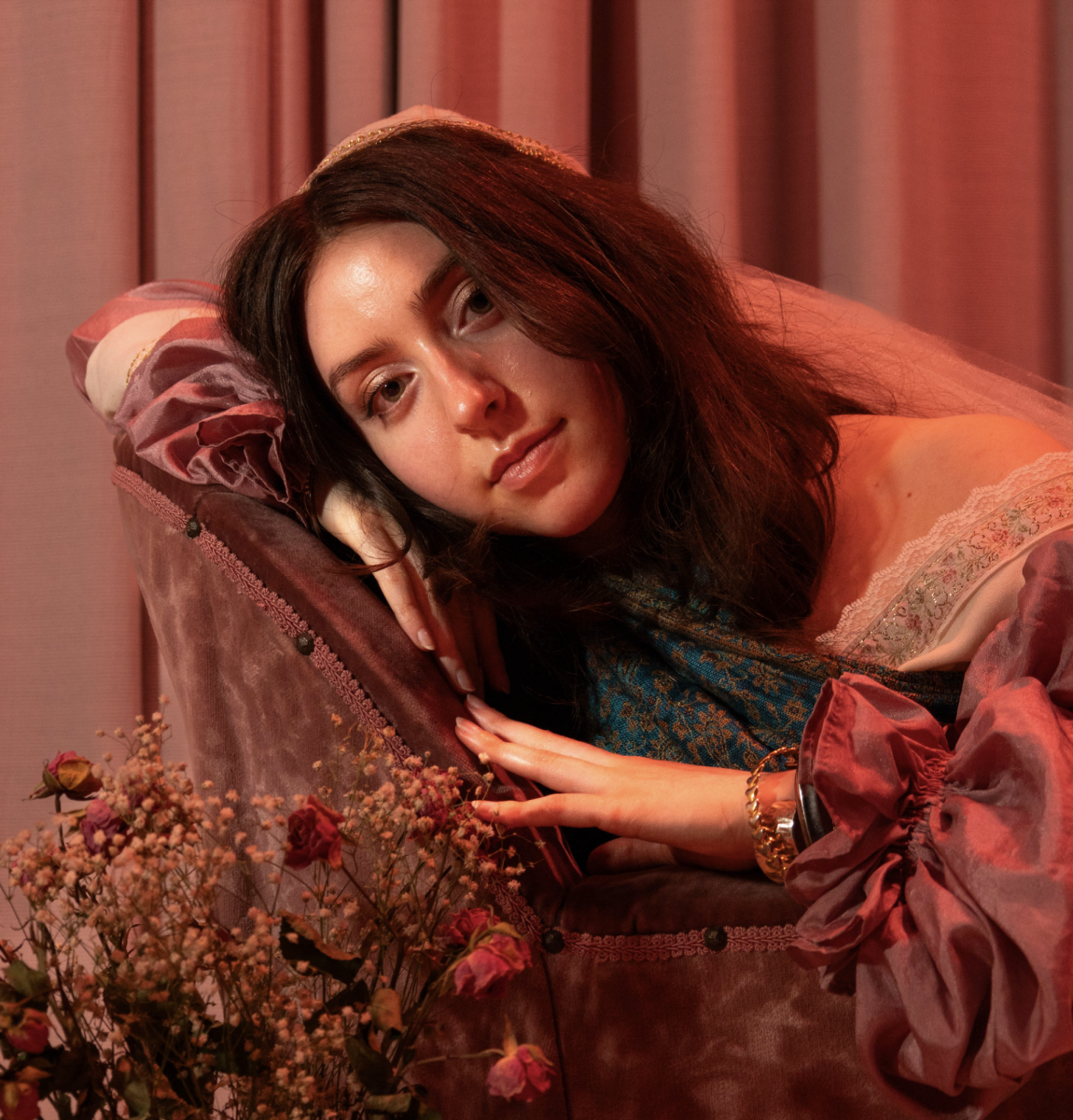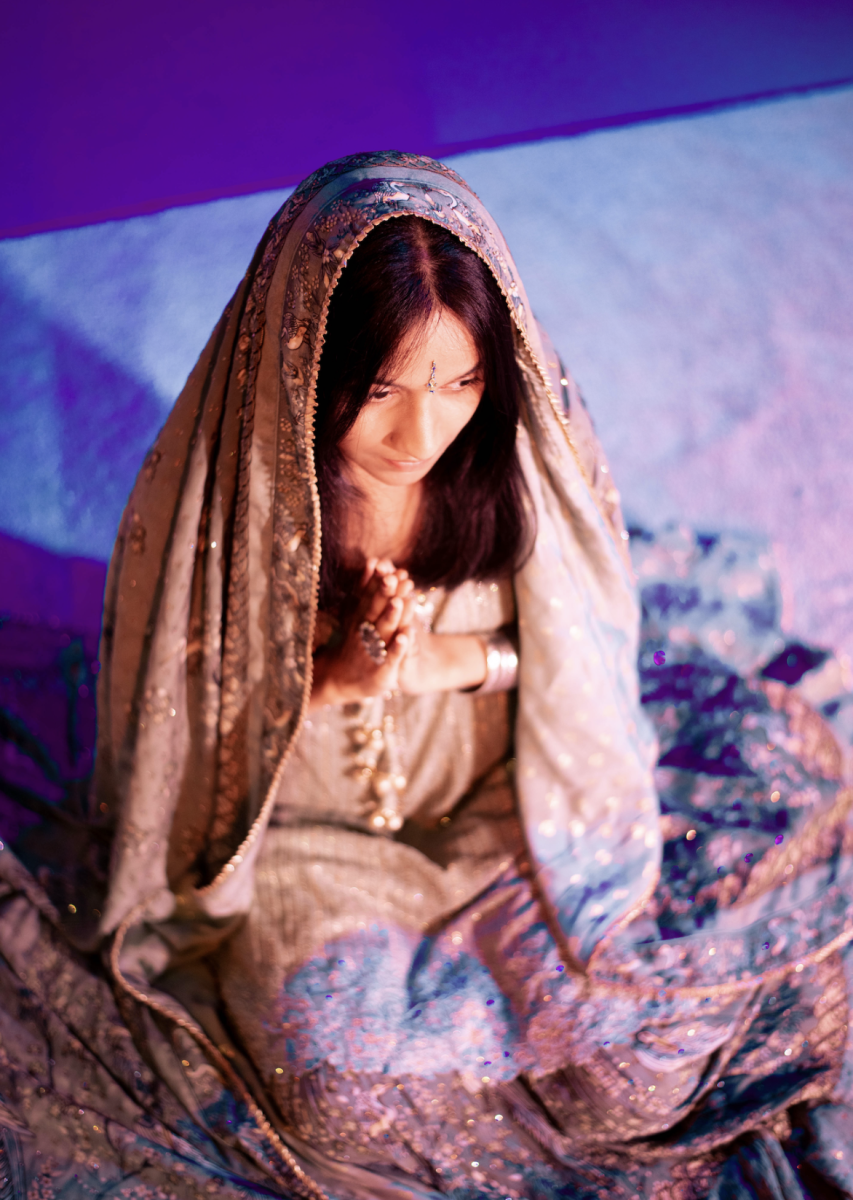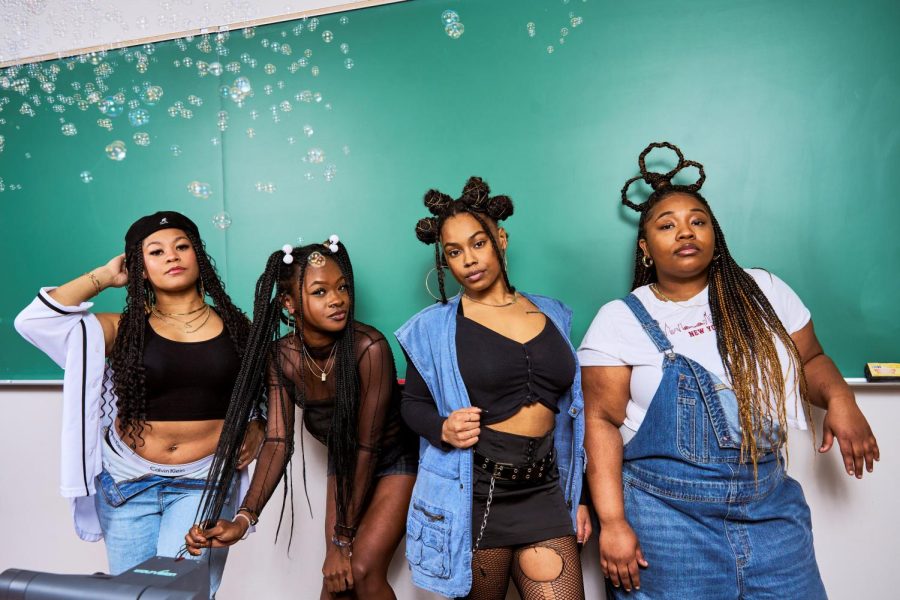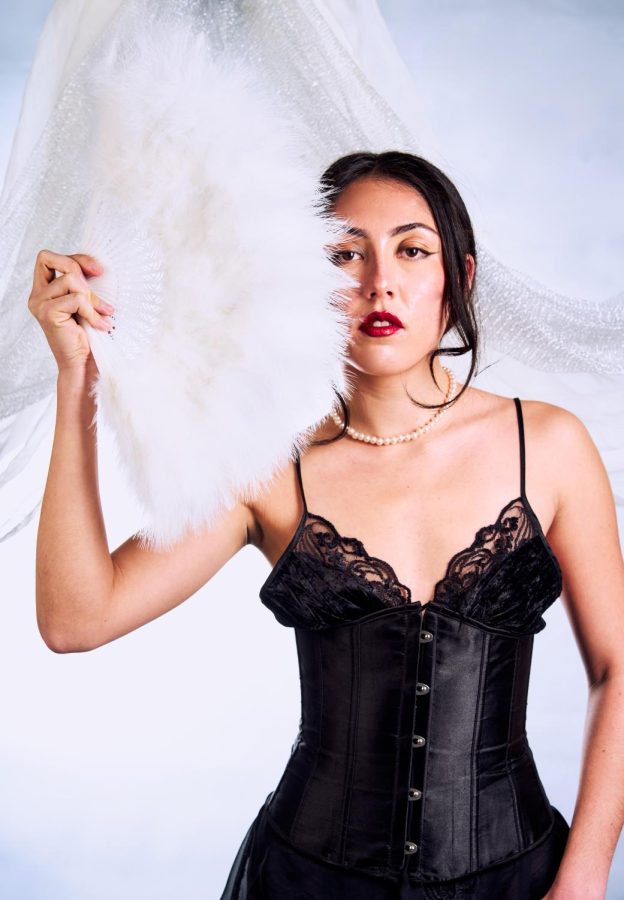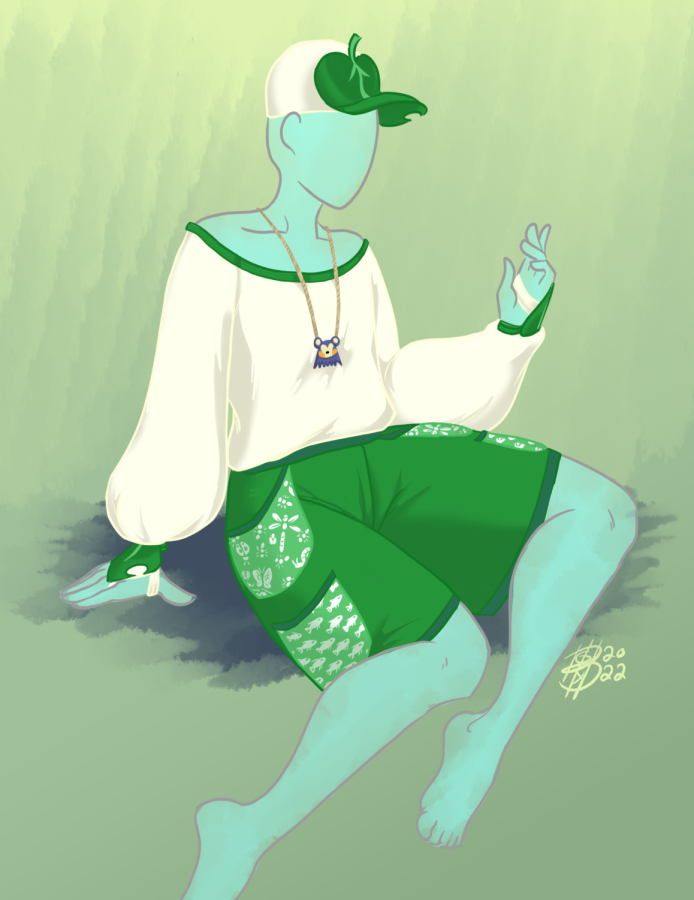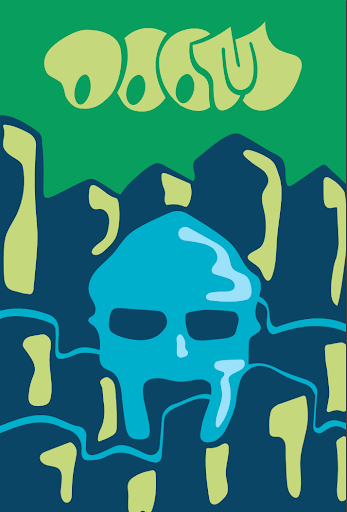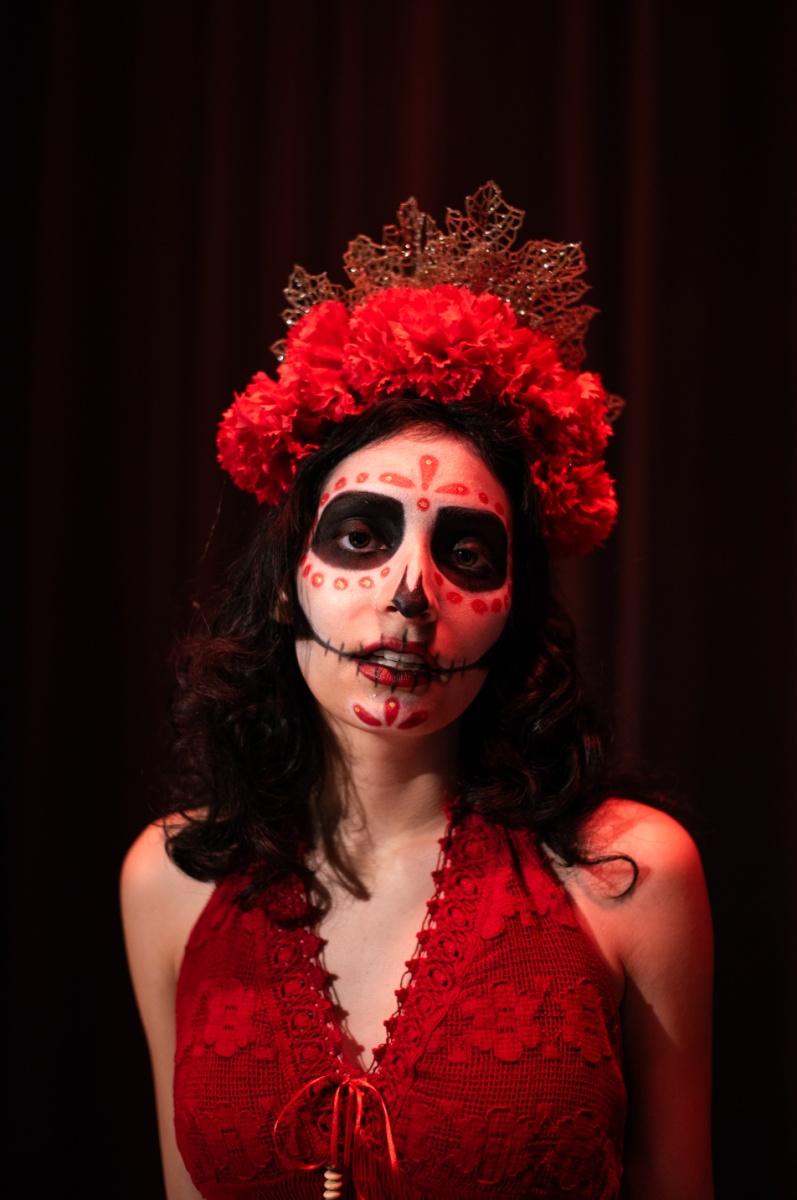Pedro Lira — the painter of “Woman with Pins,” “Woman on the Balcony” and “The Siesta” — uses his brushes to preserve three women in varying positions. These women encapsulate the everyday moments of serenity amidst the potentially mundane moments of their lives, all displaying inspiration from Lira’s life within.
Recorded by the Artistas Visuales Chilenos at the Museo Nacional Bellas Artes, Lira was initially a law student at the University of Chile but neglected to use the degree in favor of pursuing the arts. Studying in both Chile throughout his life, with a decade in Paris as well, Lira became a dominant figure within the country’s art regime. This resulted in his contributions through not only a handful of subject-focused artworks, but also founding the country’s Artistic Union before becoming a professor at the Academy of Fine Arts for over 30 years.
Using architecture, flora and fauna reminiscent of Lira’s hometown, as well as historical themes within clothing, Lira can reflect the aesthetics of neoclassicism effortlessly. The Metropolitan Museum of Art’s timeline of art history places Neoclassical elements emerging close to the mid-18th century, emphasizing simplicity and classical antiquity.
To capture these elements, Lira painted each of the women with a sense of poise through either their fabric choice, lack of jewelry and articles that accentuate the subject’s figures.
“The Siesta,” recreated by Alexa Gomez Silva, uses a dark, high-waisted skirt and a collared shirt to exemplify both modesty and pristine expectations despite earning moments of rest. With white flowers in the background of the painting, the portrait was taken to connect the flora with the woman’s blouse, extending the instance of tranquility beyond her clothing. To reinforce the idea of a “siesta,” an activity occasionally seen as a subtle form of rebellion against the patriarchal prioritization of productivity, the portrait features a less modest skirt than the painting while still accentuating her form.


“Woman on the Balcony,” recreated by Abby Dhone, presents motifs of elements through both the lightly lit plants in the background, but significantly through the white layers within her dress. This was modernized through the ribbed texture that extends until the waistline. To tie this together, and still create a moment of modesty, a pink-speckled scarf was tied to her neck to match Lira’s initial work more closely.

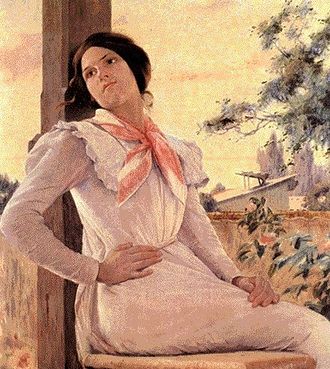
“Woman with Pins,” recreated by Jasmine Manuel, creates an instance of light within a dark space. Using metal pins as well as a white, patterned shawl, the portrait was taken in a way that draws the viewer’s attention to the brightest part of the image. Inspired by Lira, the portrait features one dramatic white clothing article in a more modern cotton blend of fabric against a brick backdrop to convey the potential boundary that innocence creates.




